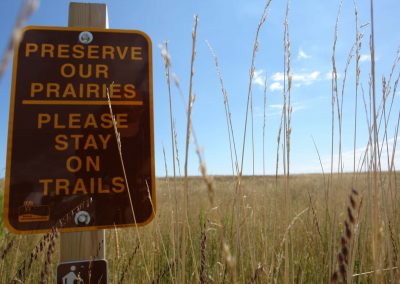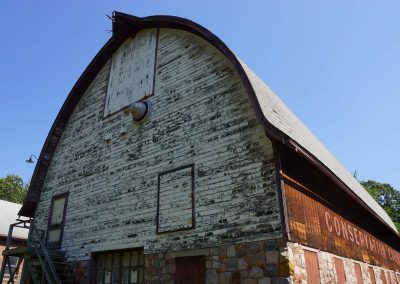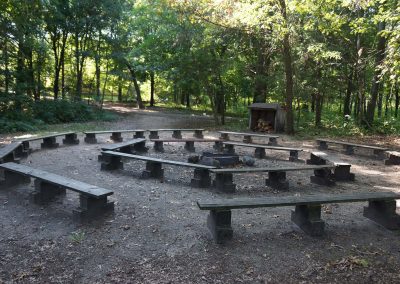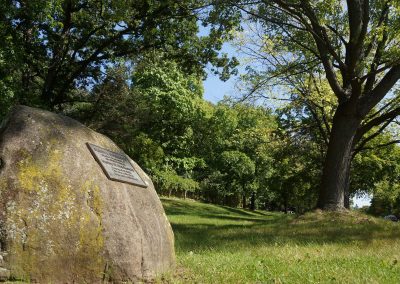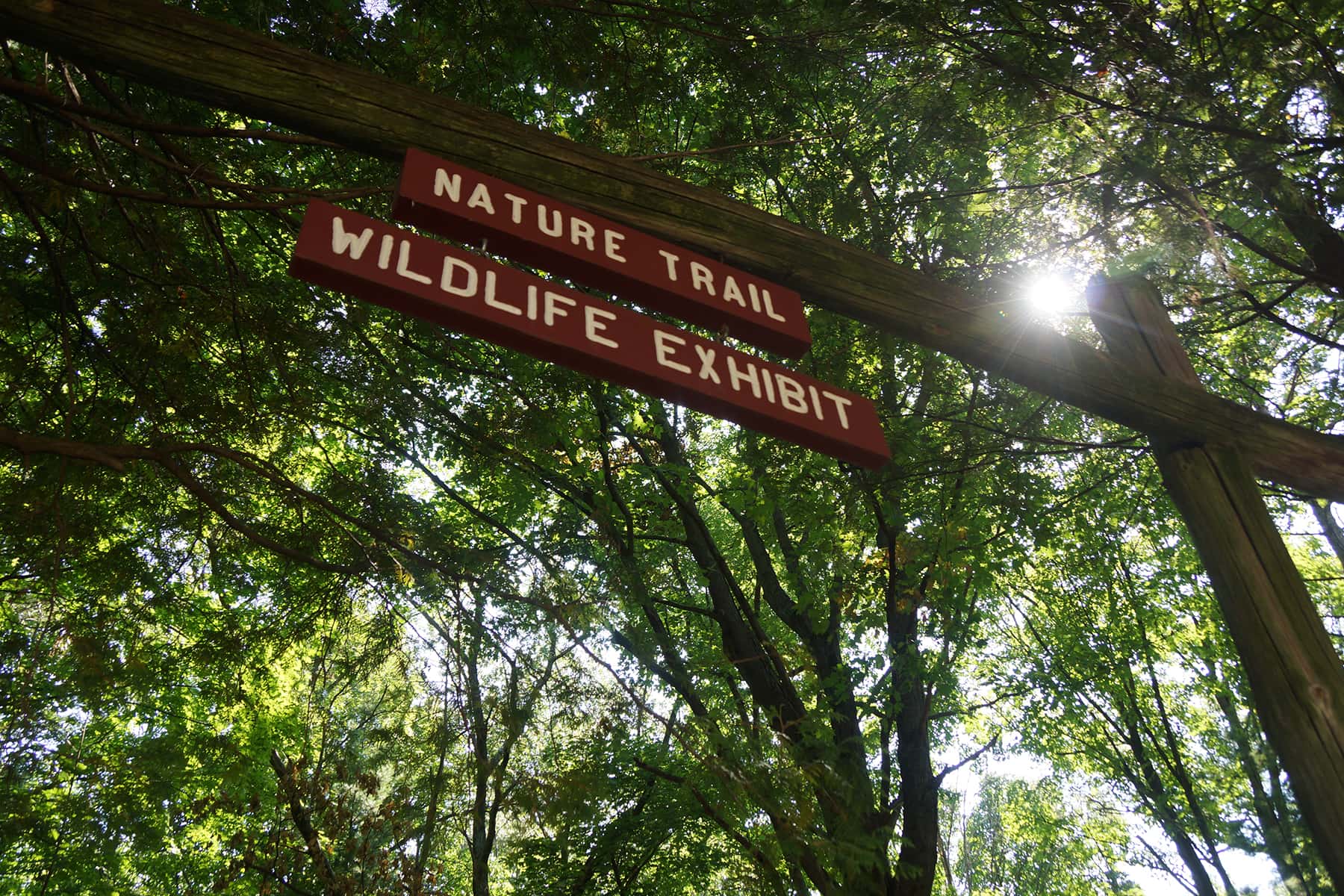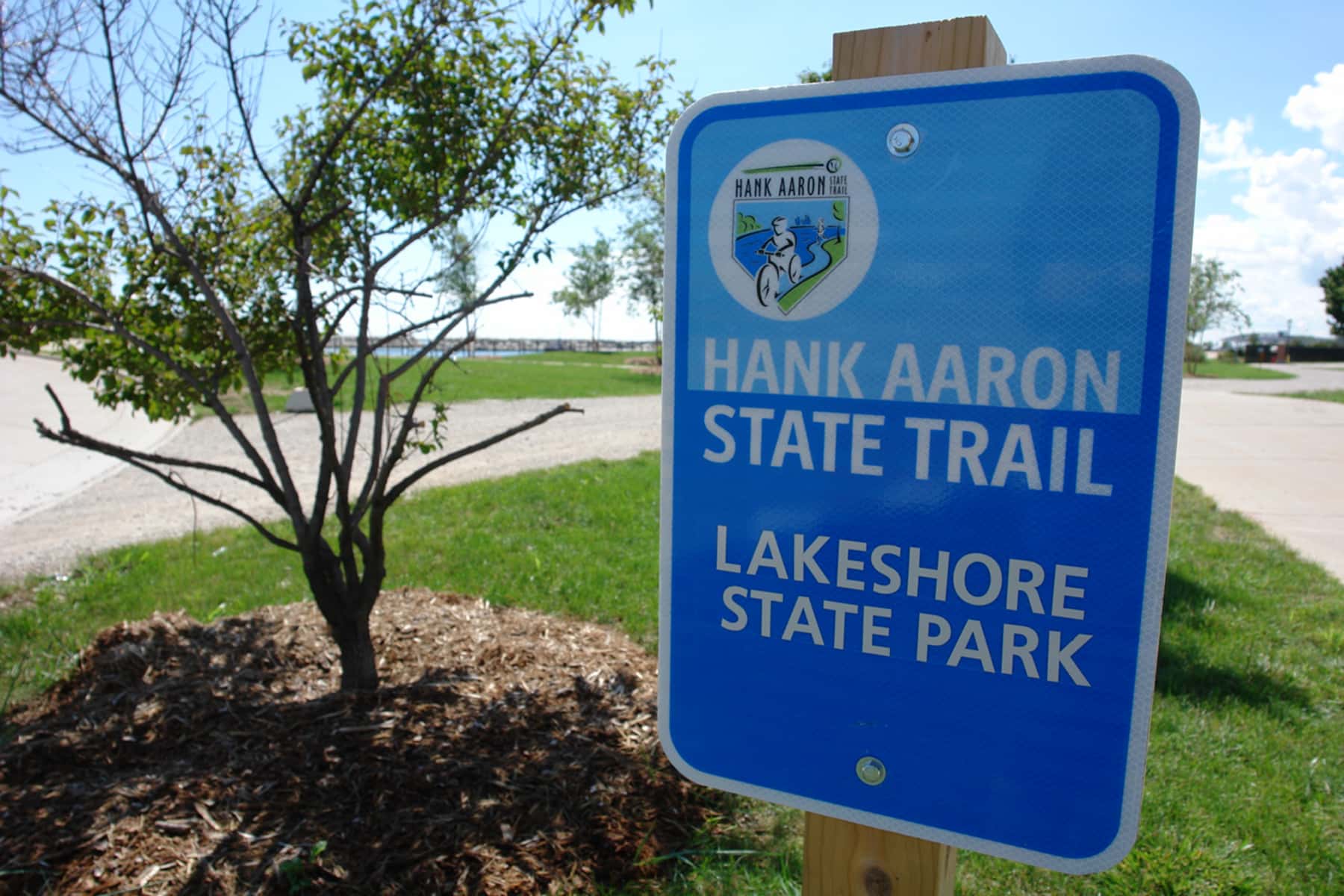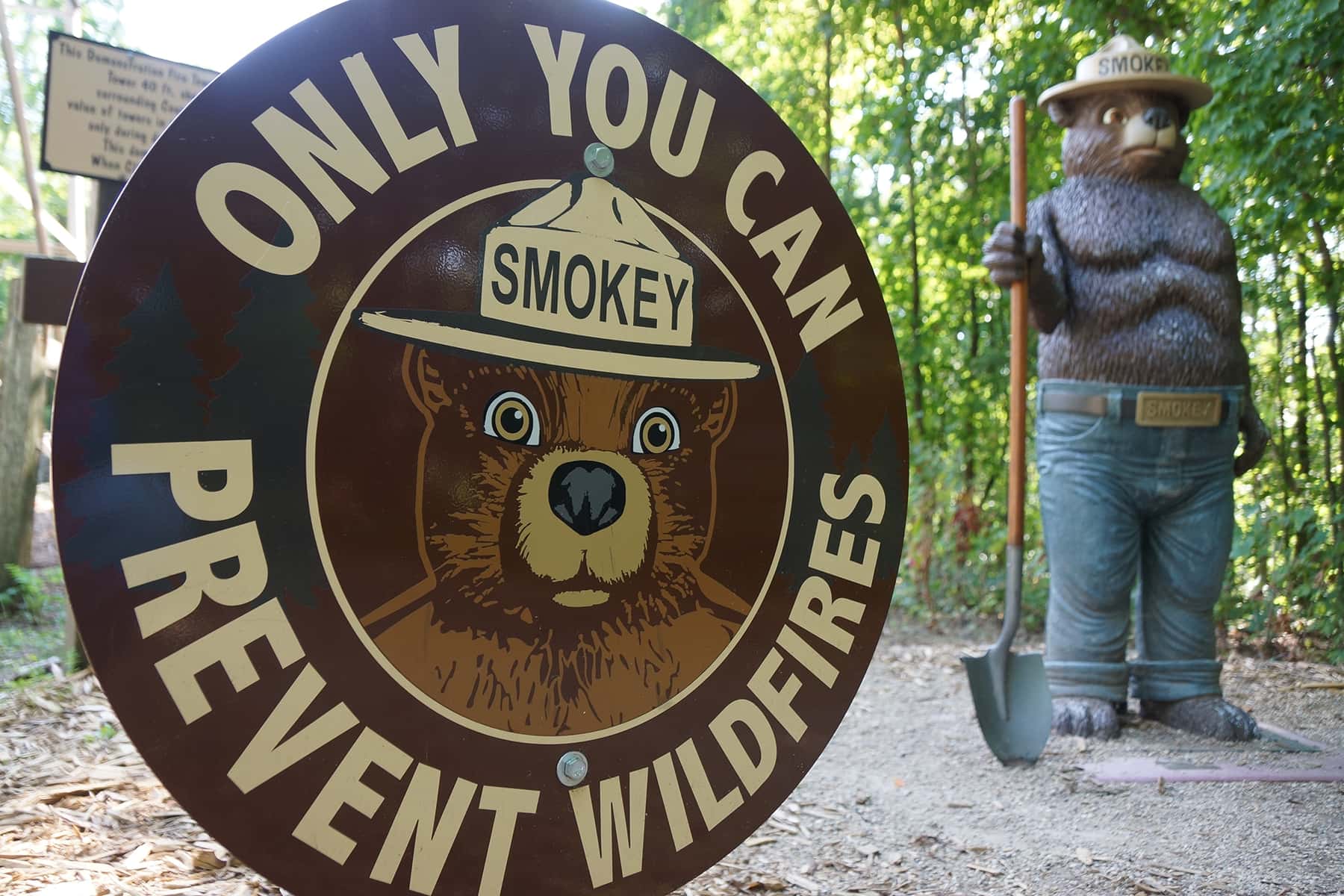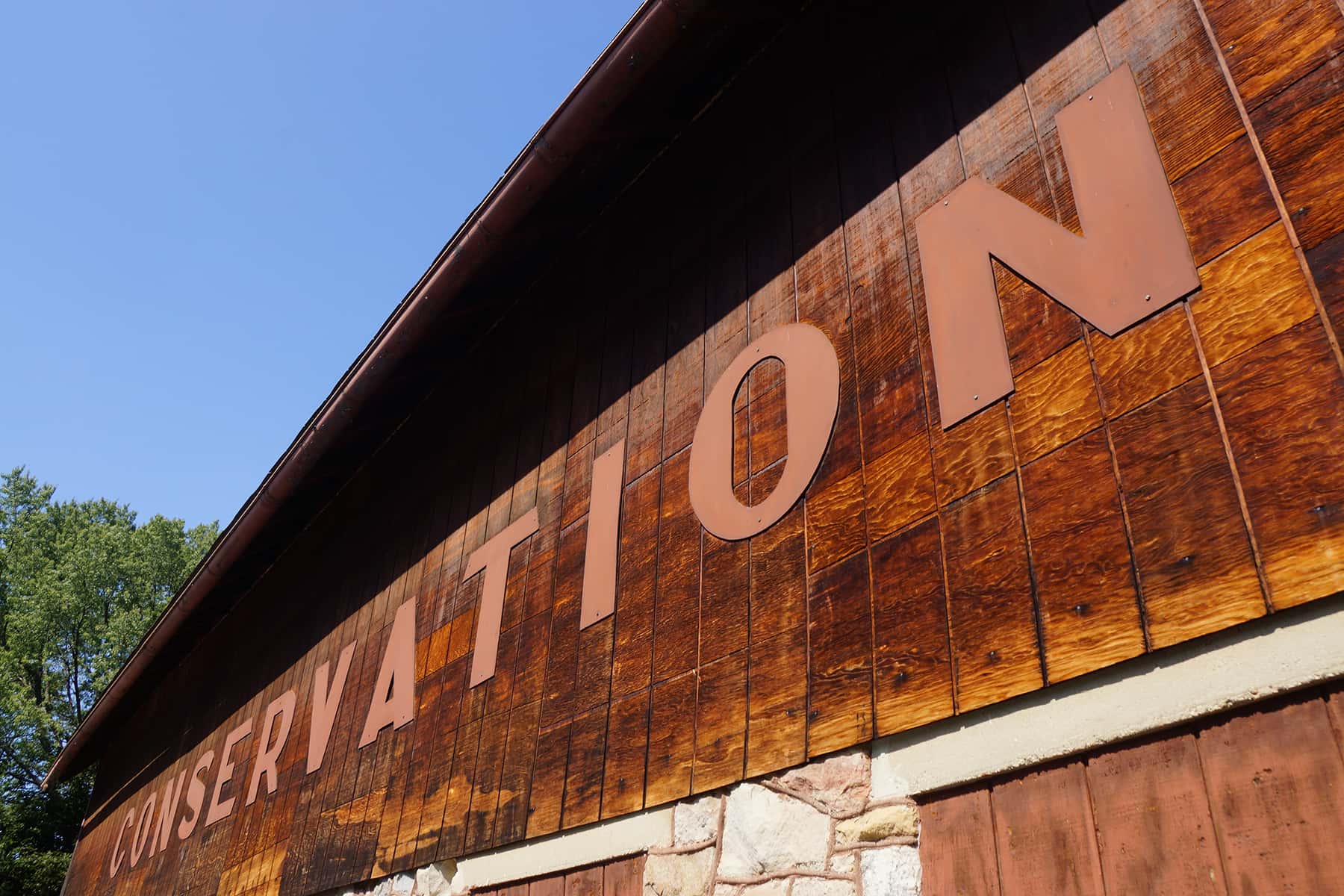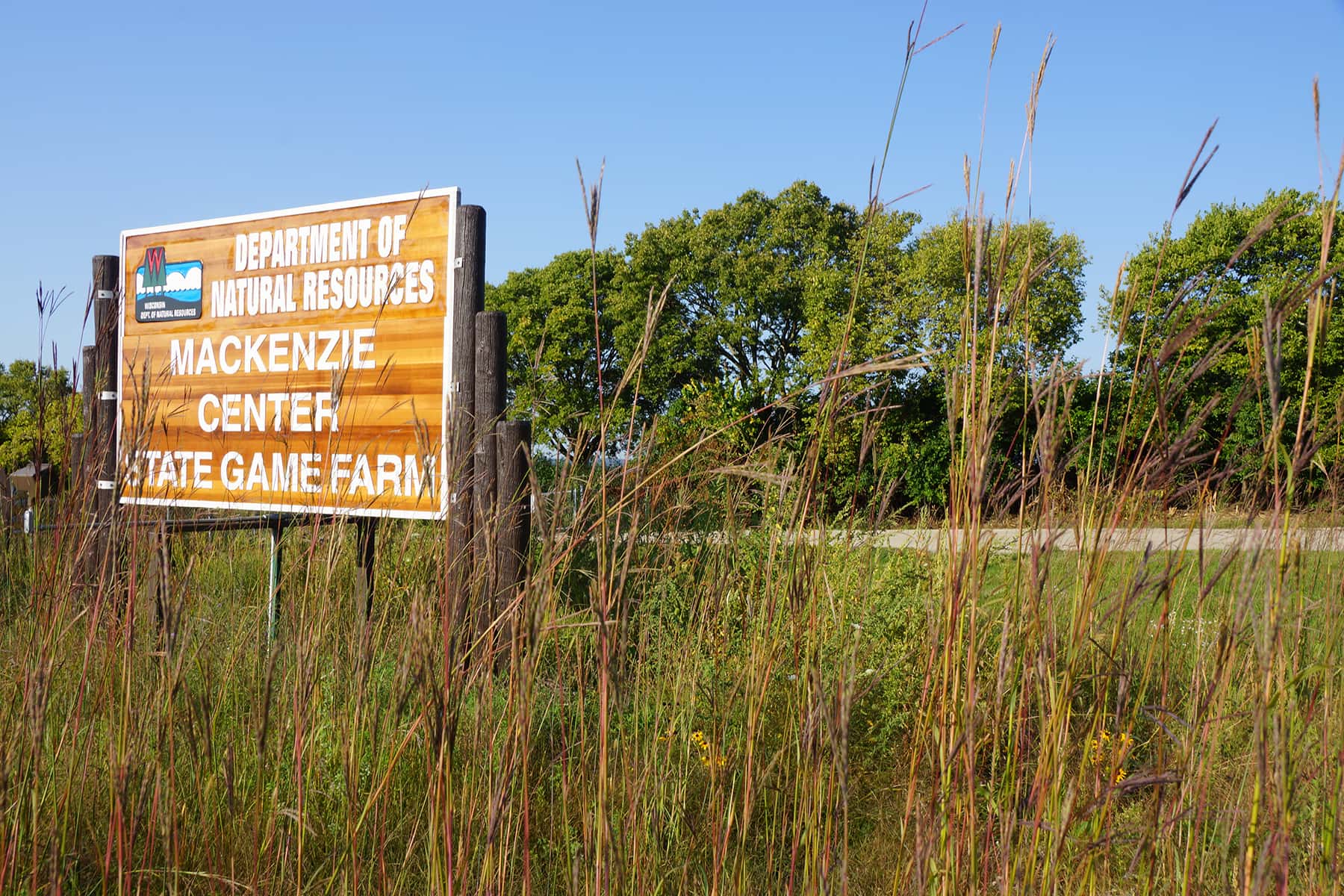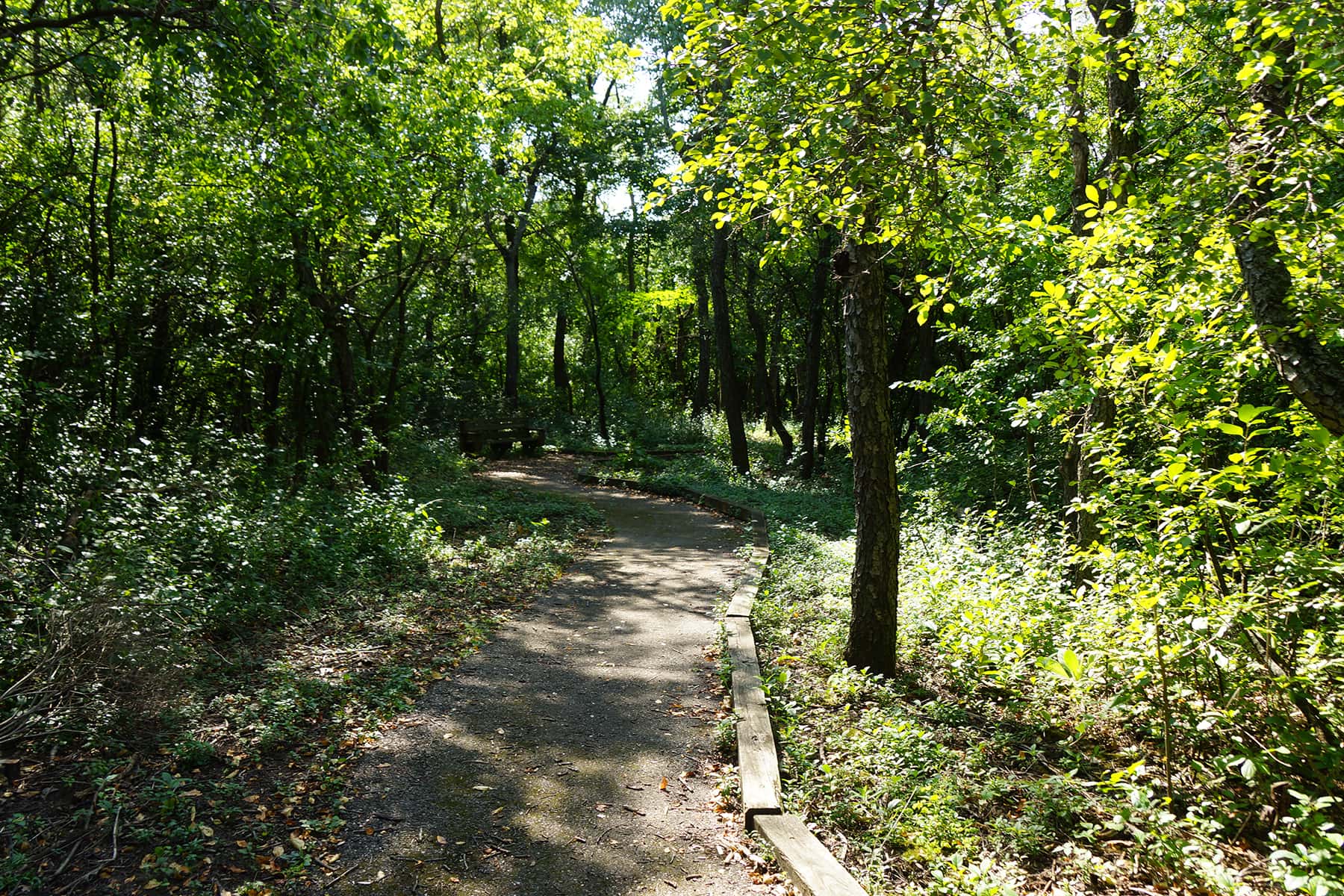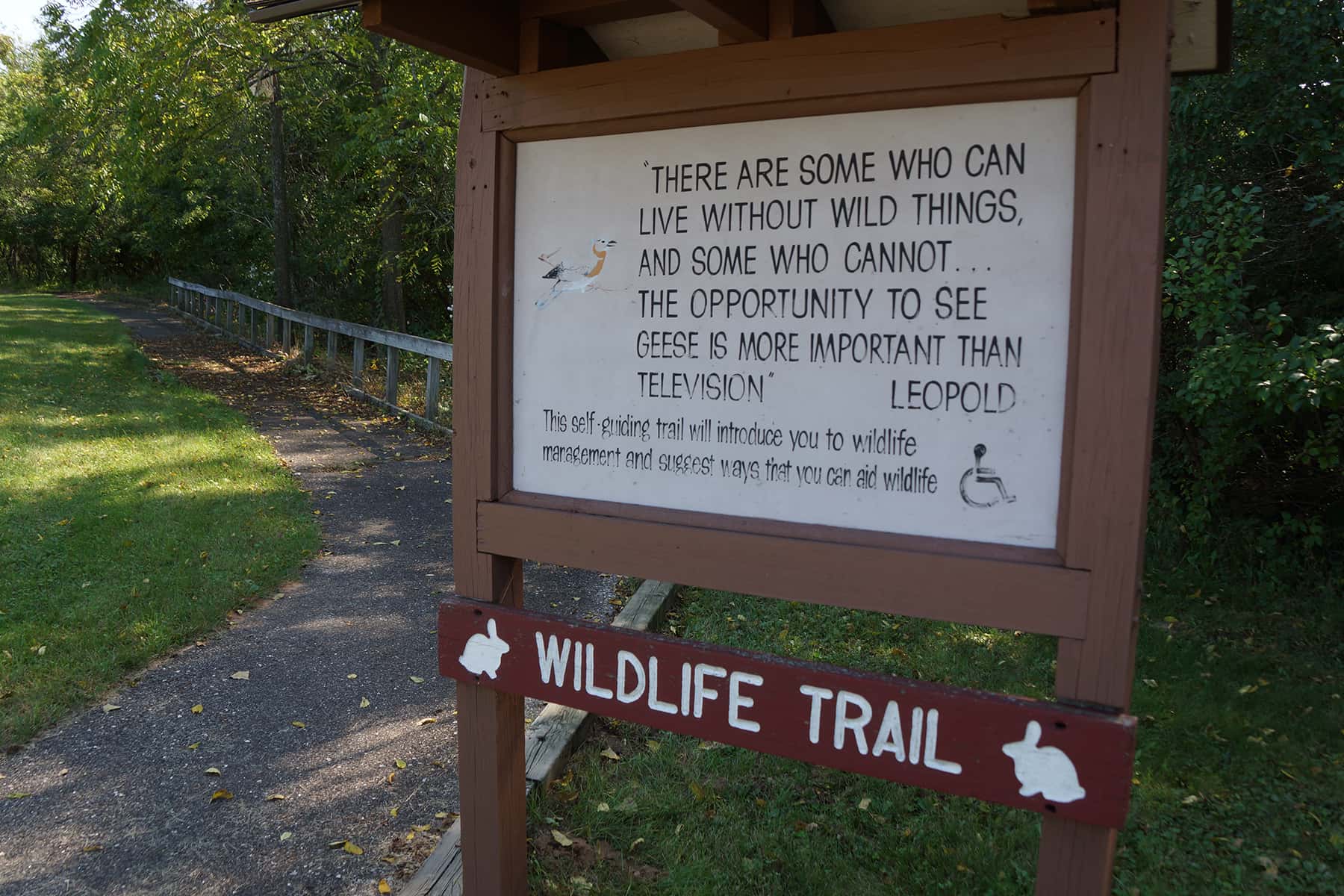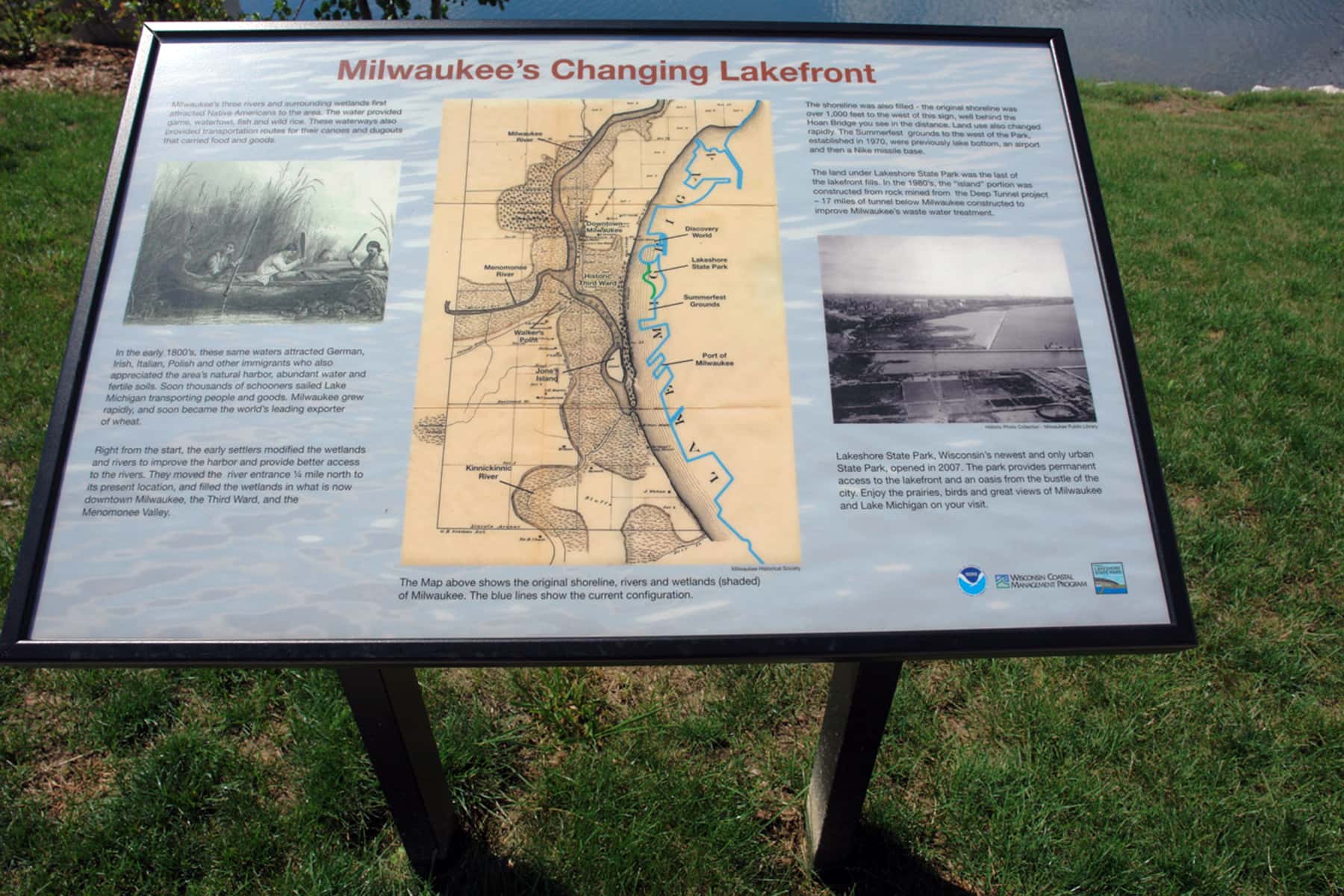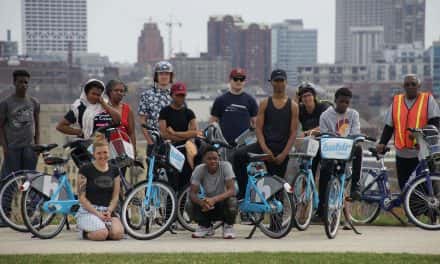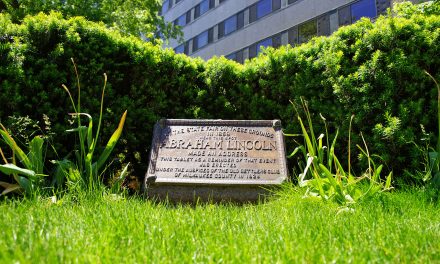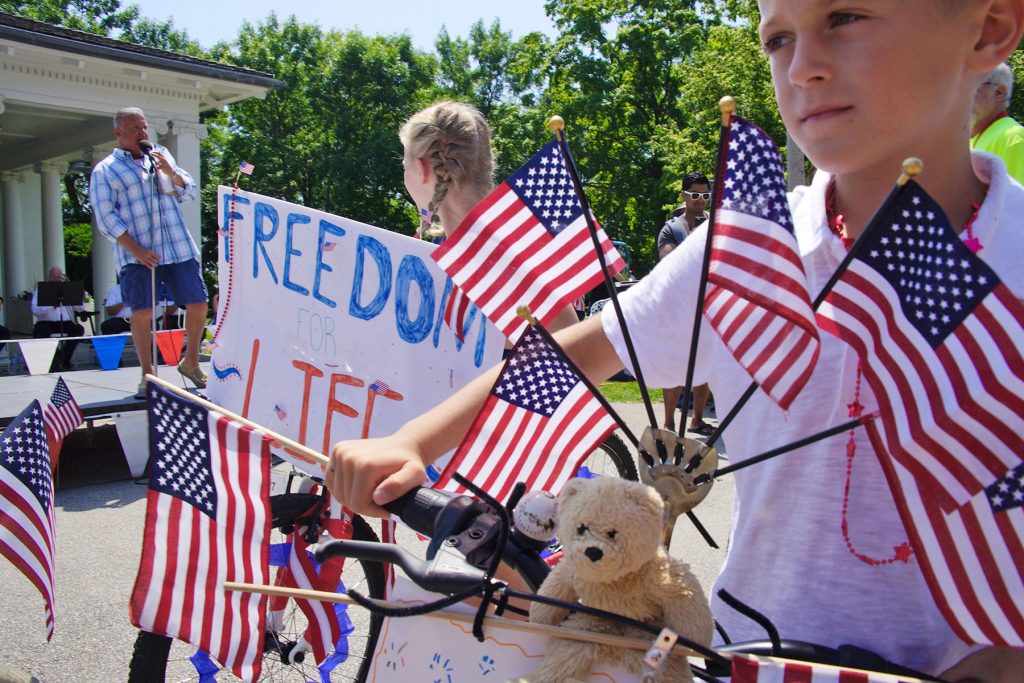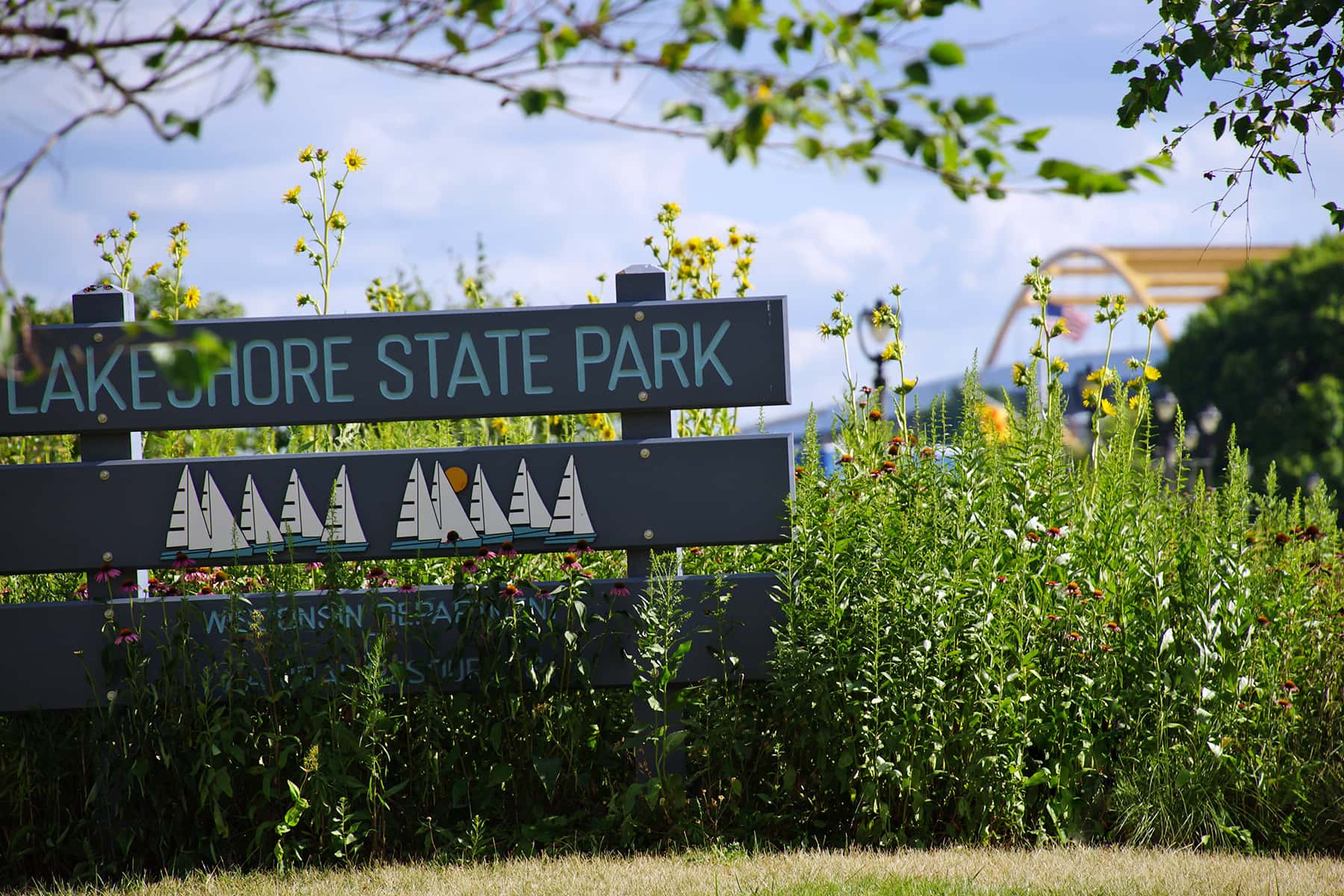
Governor Tony Evers directed the Department of Natural Resources on April 9 to close several state parks to protect the health and safety of Wisconsinites.
Due to unprecedented crowds, litter, vandalism and out of an abundance of caution to protect public health and safety and help flatten the curve, the following Wisconsin State Parks, Forests and Recreational Areas were closed beginning Friday, April 10, until further notice:
Northeast Region: High Cliff State Park
Southeast Region: Big Foot Beach State Park, Harrington Beach State Park, Havenwoods State Forest, Kohler-Andrae State Park, Kettle Moraine State Forest Lapham Peak, Loew Lake, Mukwonago River, Northern Unit, Pike Lake, Southern Unit, Lakeshore State Park, and Richard Bong State Recreational Area
South Central Region: Aztalan State Park, Belmont Mound State Park, Blue Mound State Park, Cadiz Springs State Recreational Area, Capital Springs State Recreational Area, Cross Plains State Park, Devil’s Lake State Park, Fenley State Recreational Area, Governor Dodge State Park, Governor Nelson State Park, Lake Kegonsa State Park, Lower Wisconsin Riverway, Mackenzie Center, Mirror Lake State Park, Natural Bridge State Park, Nelson Dewey State Park, New Glarus Woods State Park, Rocky Arbor State Park, Sauk Prairie State Recreational Area, Tower Hill State Park, Wyalusing State Park, Yellowstone Lake State Park, Gibraltar Rock State Natural Area, Pewits Nest State Natural Area, Parfrey’s Glen State Natural Area and Dells of The Wisconsin River State Natural Area
“I wanted to keep state parks open for the public to enjoy during this challenging time which is why outdoor activity is listed as an essential activity under the Safer at Home order,” said Governor Evers. “Unfortunately, growing difficulty with ensuring social distancing compliance, dwindling cleaning supplies and mounting trash are some of the challenges faced by our state parks staff. We have to address the growing public health and safety concern and protect Wisconsinites.”
Despite waiving fees, closing state park offices, visitor centers, and non-essential buildings to help minimize the transmission of COVID-19 at parks, the situation has reached a point where public safety in the parks and surrounding communities takes precedence over keeping these locations open. If the public does not follow social distancing guidelines and continues to vandalize property, more state parks may have to close.
© Photo
Lee Matz

